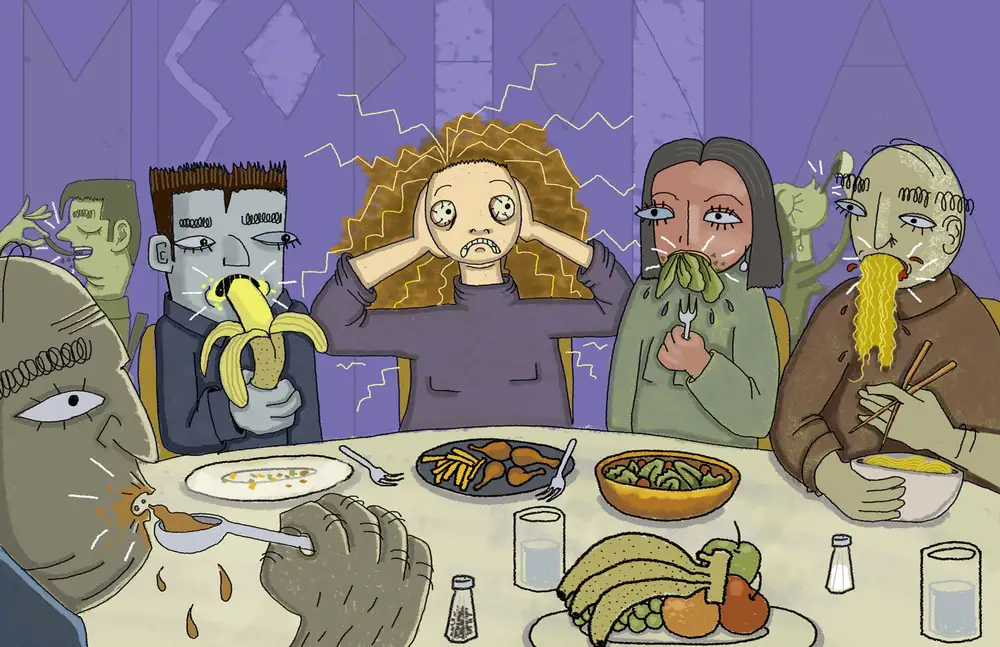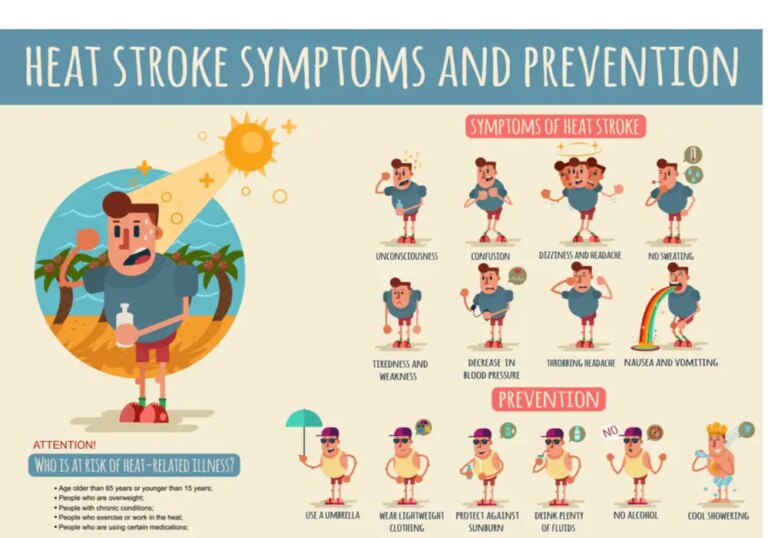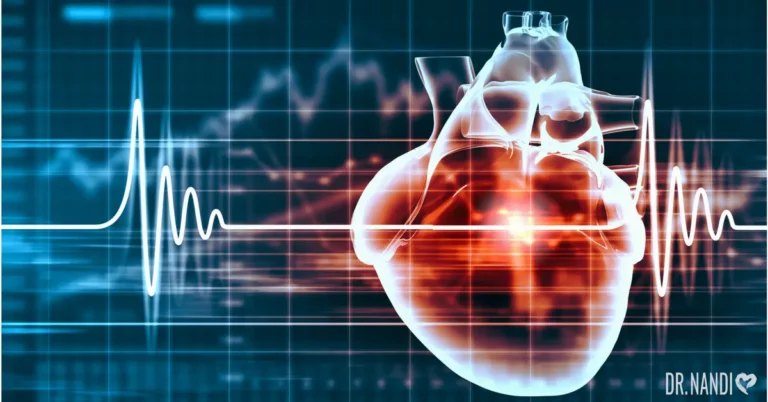City life often comes with pros like reliable public transportation, more job opportunities, and exciting social engagements. Of course it may come with cons too, such as a higher cost of living, less personal space, and noise. This last one tends to be a constant source of strife for urbanites. While The National Institute on Deafness and Other Communication Disorders points out that noise at 85 decibels or higher can cause hearing impairment, the noise level in many New York City restaurants often hovers at around 90 decibels. Perhaps this is the price we pay for a new and different culinary experience, a night on the town, but what if it’s not the loud atmosphere that bugs you, but your dining companions themselves? If you find yourself bothered by chewing sounds coming from your neighbor diner while eating, you may be suffering from a condition known as misophonia. (1)
What is Misophonia?
Misophonia is where a person experiences a strong emotional reaction triggered by what most would perceive as a soft sound; mainly sounds made by other people such as chewing, smacking their lips, tapping fingers, or clicking a pen. The reaction from people suffering from misophonia can range from annoyance to anger, hate, rage, and anxiety, which can challenge their day-to-day life.
How Misophonia happens?
In the past there has been disagreement about the nature of misophonia. Some argued that it was a psychological disorder, while others point it out as a neurological ailment. Nowadays, thanks to widespread research, misophonia is known to be a neurophysiological disorder with psychological repercussions.
Using functional and structural MRI together with physiological assessments, scientist were able to observe that individuals experiencing misophonia presented an abnormal connection between the anterior insular cortex (AIC) and other regions of the brain in charge of processing and regulating emotions such as the prefrontal cortex (vmPFC), posteromedial cortex (PMC), hippocampus and amygdala. In the study, misophonic subjects exposed to “trigger sounds” (breathing, chewing) displayed elevated heart rate and galvanic skin response. (2)

How to Cope with Misophonia?
Diagnosing misophonia can be difficult and slow because it requires extensive testing as it can overlap with other neurological, mental health, or medical illnesses. Although there is no medication or specific treatment for misophonia, some experimental therapies have begun to bring hope to those affected by it. A case example was conducted by the University of Oregon where a patient suffering from misophonia was successfully treated using Cognitive Behavioral Therapy (CBT). (3) Another experimental treatment involved using white noise devices aiming to mask the “trigger sounds”. Some researchers had also tried hypnotherapy, biofeedback, and neurofeedback as a coping mechanism for misophonia.
Other helpful coping tips that misophonic individuals can apply are:
- Talk openly about your condition with friends and family.
- Seek treatment that fits your specific needs.
- Identify your trigger sounds: the more detail, the better.
- Using tools to manage emotional reactions like deep breathing, visualizations, and positive affirmations.
- Try to carry earplugs for social settings that may set off a misophonic reaction.
Also, people who have a misophonic partner or family member can take some steps to help them out, such as:
- Taking misophonia seriously.
- Incorporating a self-care routine.
- Not taking personal the misophonic trigger sounds reactions.
- Making reasonable accommodations for the individual suffering from misophonia.
With a little self-study and care, those living with misophonia can lessen the severity of their triggers and move toward a healthier, less disruptive experience of the world, one day at a time.
- https://www.ncbi.nlm.nih.gov/pmc/articles/PMC5308171/
- https://www.ncbi.nlm.nih.gov/pmc/articles/PMC5321671/
- https://www.researchgate.net/profile/Rosemary-Bernstein/publication/257366235_A_brief_course_of_cognitive_behavioural_therapy_for_the_treatment_of_misophonia_A_case_example/links/0046352e8406b2c13b000000/A-brief-course-of-cognitive-behavioural-therapy-for-the-treatment-of-misophonia-A-case-example.pdf




















